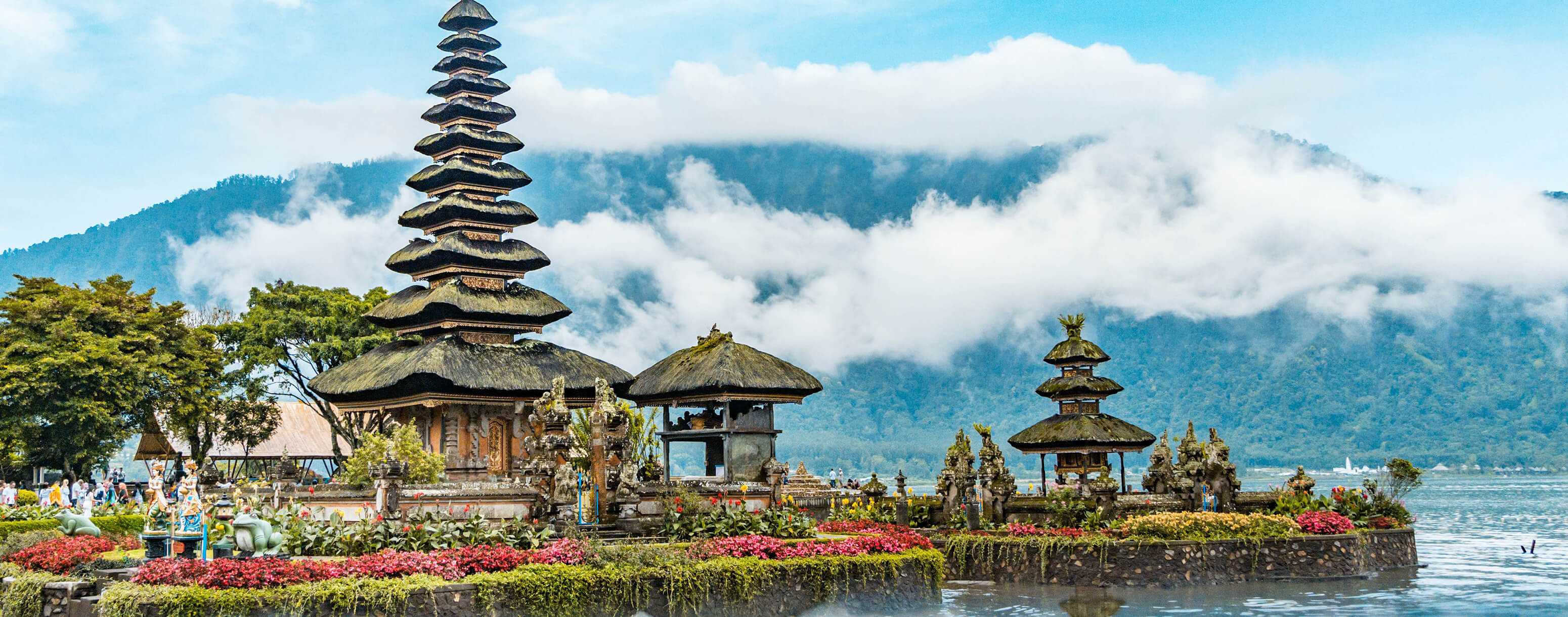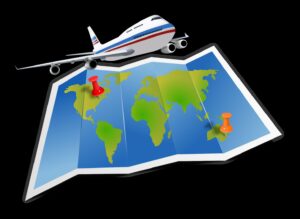
The world’s largest archipelago with somewhere between 13,000 and 18,000 islands, Indonesia is wild. Scattered like pearls along the line of the equator, it is made up of active volcanoes, dramatic mountain ranges sheltering untouched tribes, and vast swathes of rainforest. It’s also beautiful, with neatly-terraced hillsides, pristine beaches and some of the best diving in the world.
Best of all, it’s all available at a bargain-basement price. It’s one of the world’s least expensive destinations, where your travel money travels furthest and buys more.
The only problem is where to go. The main island, Java, has the capital city, Jakarta, but also the beguiling royal centres of touristy Yogjakarta and more authentic Solojakarta. This is where you’ll find the headline sights of Borobudur and intricate carvings of Prambanan, the blown-out cone of world-famous Krakatoa and the still-active Mount Bromo, smoking gently through the mists of dawn. It’s also where you’ll find the factories producing many of the handicrafts later sold in Bali and beyond.
What you may not find is peace and quiet. Indonesia’s population is currently estimated at 230 million, an achievement celebrated by the locals but somewhat daunting on this, the most populous island, manicured into picture-perfect terraced paddies by armies of industrious rice farmers.
For a quieter experience, head west to Sumatra. This is the largest Indonesian Island and population pressures fade. The mountainous interior is home to countless tribal groups but the most accessible are on Toba Island, firmly encamped on their volcanic cone in a beautiful inland lake.
Indonesia’s tourist heavyweight is to the east of the capital. Though the rest of the archipelago is Islamic (in a relaxed sort of way), Bali is a Hindu enclave: a devout little gem of religious deference and tradition, feted by surfers, beach-lovers and cultural tourists alike. Fed by honeymooners and tourists from all over the Western World, Bali absorbs 90% of all visitors to Indonesia. Good. That means fewer elsewhere.
Impenetrable Kalimantan, to the north, is a Dayak delight: This is the place where the headhunting tribes of yore used to live – and probably still do, hiding out in the unexplored and inaccessible jungle interior.
K-shaped Sulawesi shelters Toroja cliff tombs, where carved funerary figures commemorate bodies tucked into limestone cliffs. Offshore lie some of the country’s finest dive sites.
Formed by a line of dramatic volcanoes, Nusa Tenggara’s islands bridge a marine barrier between Asian and Australian waters, a natural watershed of the underwater world. This means little to the indigenous people, who farm amidst ancient megaliths, worship ancient deities and relax in their stilted homes.
The Maluku Islands, also known as the South Moluccas, offer advert-image perfect palm-fringed island idylls. There are a couple of cathedrals and a few major mosques, but generally this is a place to enjoy the beach and some notable dive sites.
Finally there’s West Papua, a place to mount a true expedition. Closer to Australia than the central government in Java, the tribal people here have been equally ignored by both. There are fine beaches and great surf breaks here, but you’ll largely have to find your own way in this terra incognita.



